Martin DeBono, president of GAF Energy, part of the world’s largest roofing company, thinks that the time is now for building integrated PV (BIPV). He told pv magazine:
“It really is a question of timing. For sure a lot of people have tried this and failed. There are numerous examples of technologies where the timing wasn’t right. Apple Newton is a famous example. Palm Pilot is a famous example. The idea was right, but there wasn’t the convergence of factors that led to the ultimate technology breakthrough. What you’re seeing today with GAF, with companies like Telsa — these are heavily capitalized, serious efforts to finally push BIPV to where it needs to be.”
“You have the phenomenal reduction in the cost of photovoltaic cells; you have the know-how of ten years of various AHJs [Authorities Having Jurisdiction] that are much more comfortable dealing with solar; you have the increasing miniaturization of power electronics.”
“Over the last 20 years, the way solar panels have been attached to a roof hasn’t changed. When you install a traditional rack-mounted system, which has between 68 and 100 half-inch penetrations, you’re effectively cutting a six by six hole in the roof — with lag bolts drilled through the water barrier in the hope you’ll find a rafter.”
“I believe this will change over time. By integrating solar with the roofing, you’re going to ensure the integrity of the home.”
Direct-to-deck
GAF Energy’s “direct-to-deck” solar modules are integrated into the roof. The company uses a 60-cell, 360-watt laminate from Solaria with a custom frame that allows it to be waterproof with a lower profile and faster installation. Here are installation instructions for GAF’s BIPV roof.
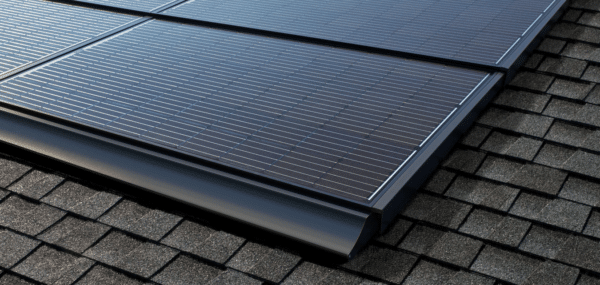
More from GAF Energy on its integrated solar roof
According to DeBono, the roof will pay for itself within the warranted life of the product. He said, “You have the backing of GAF — a 100-year old company and the world’s largest roofer.”
He added, “I can assure you — without naming names — the largest solar companies in the U.S. are getting into roofing. I think that Tesla has it absolutely right. They’re playing the long game, as are we. The industry will evolve from rack-mounted to BIPV.”
“Roofers want to roof. We have rectangular kits — roofers can effectively send us a picture of the home and we’ll be able to send them the exact number of rectangular tiles they can put on it, and those are prepackaged at our warehouse for quick turnaround time. The homeowner and the roofing partner get the benefit and the improved economics of only having one crew on the roof.”
As for removing the solar array, DeBono added, “If someone said, ‘You know what? I’m for global warming. It can’t get hot enough soon enough. Get these panels off my roof,’ you can take them off and just add asphalt shingles to where the solar was.”
“Acquisition cost for a roofer is about 1/100th of what solar companies pay”
“Five million Americans get a new roof each year. Compare that to the 200,000 or 300,000 people that go solar each year. You’re looking at a 20x increase in the number of homes. At the same time, the acquisition cost for roofers is about 1/100th of what solar companies pay. If you look at some of the filings from public companies, you’ll see acquisition costs of around $5,000. Roofing acquisition costs are about $50, maybe $100. Anywhere from 1% to 5% acquisition costs compared to a solar company.”
The (unprofitable?) California solar mandate
“I think [the California Solar Mandate] is a very good thing for the environment. However, I’m not certain as to how profitable that business would be — I don’t know if home builders would be willing to pay the same premium for a product as a homeowner would. The margins in any market where government mandates a product are typically a lot lower than what you find in a market where people have to compete on value.”
“The benefits of batteries are overstated”
“I think that there are better solutions on the horizon than lithium ion, and I don’t think that the industry should push lithium ion batteries. I think that they’re not the safest to put in homes. I think that things like zinc would be more promising, and we need to move away from lithium. Maybe lithium phosphate would be a better choice, but I’m just concerned about lithium”
“There are some cases where battery storage makes economic sense, but in most cases, I think that there is very little economic argument for batteries today. I think that today the benefits of batteries are overstated and the costs are understated.”
***
There are still a number of companies fighting the BIPV fight, although it would be difficult to declare any runaway commercial successes. Here’s an incomplete list of BIPV firms.
- Tesla has been installing its glass solar roof after some false starts. pv magazine has checked out a few of these installations and spoken with homeowners. Here’s a photo gallery and an exploration of Tesla roof tile efficiency.
- SunTegra’s rackless roof-integrated panels
- CertainTeed Solar has solar shingles and integrated roof panels.
- Lumeta’s peel-and-stick solar panels
- Atum’s solar roof
- Heliatek’s OSC technology focused on windows and facades
- Ubiquitous Energy is working on transparent solar window films.
- ArteZanos’ integrated solar tiles
- Viridian Solar’s roof-integrated solar
Here are some of the casualties of the BIPV market.
- MiaSolé (flexible CIGS) acquired by China’s Hanergy and shuttered
- PowerLight solar shingle
- Solarmass roof tiles “designed to be installed by a roofer”
- Scheuten Solar (BIPV) bankrupt, then acquired by Aikosolar
- Soltecture (CIGS BIPV) bankrupt
- Xunlight (a-Si BIPV) bankrupt
- Ready Solar (“solar-in-a-box”) acquired by now-bankrupt SunEdison
- Dow Chemical retired its solar shingle line (based on NuvoSun CIGS)
- Konarka (OSC BIPV) bankrupt
- SoloPower (flexible CIGS) shuttered factories
- ECD (flexible a-Si) bankrupt
- Pythagoras Solar (BIPV windows) closed
- BP solar shingle
- Flexcell (a-Si roll-roll BIPV) closed
This content is protected by copyright and may not be reused. If you want to cooperate with us and would like to reuse some of our content, please contact: editors@pv-magazine.com.
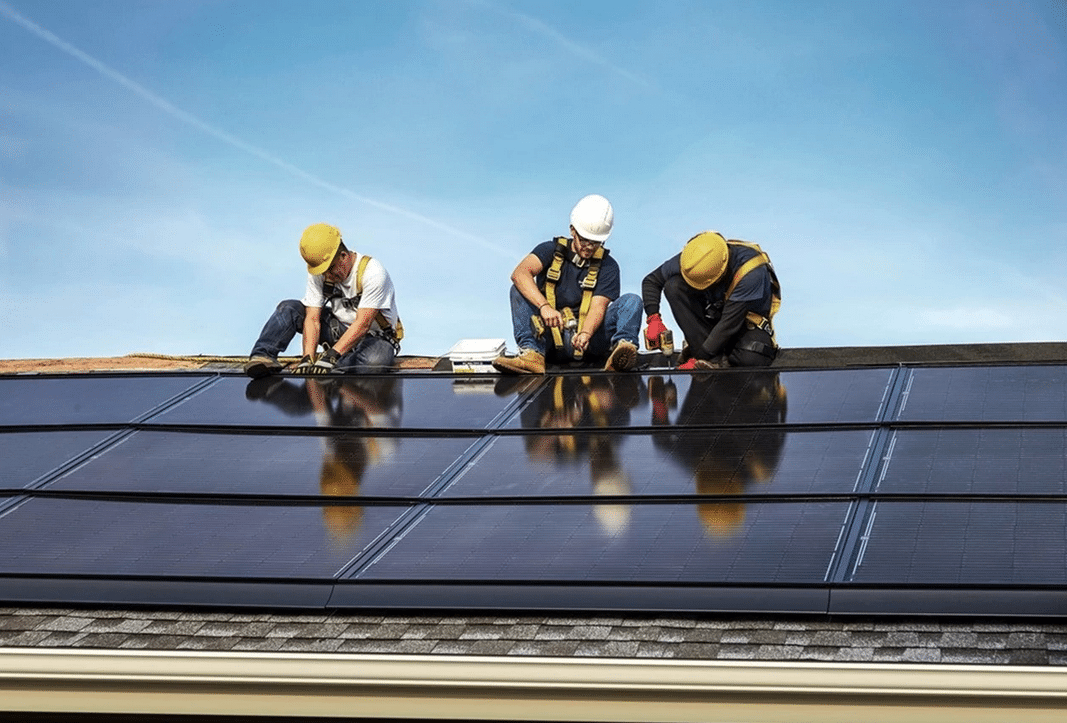
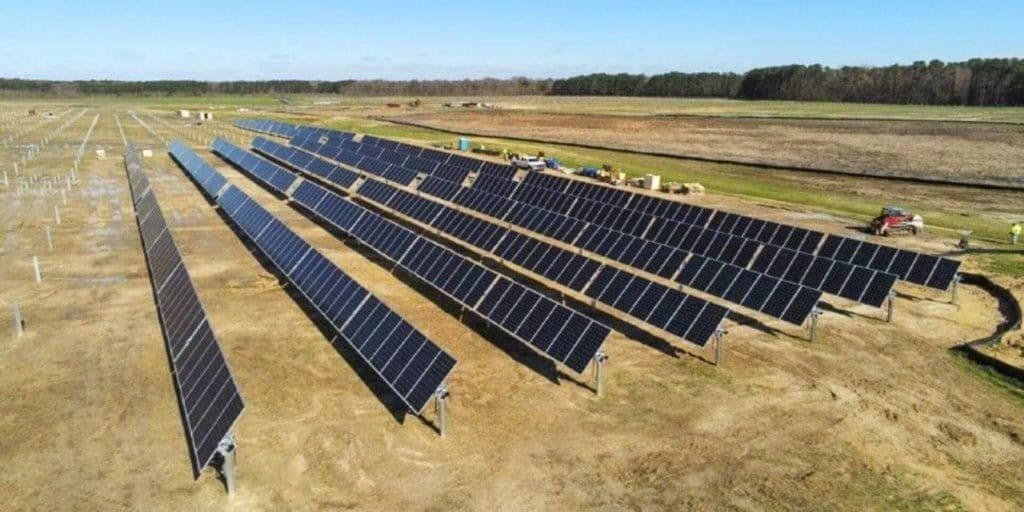



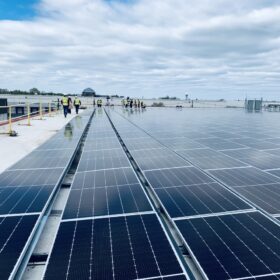
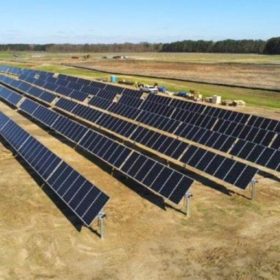
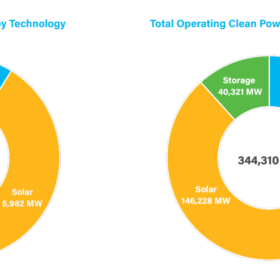
My company assisted with 11 of these projects in NY in 2019. We are a traditional residential solar installer that was contacted by GAF to assist with the electrical aspects of the installation, which allowed the GAF roofers to keep focused on what they do best — replacing the old roof with a new roof. I think GAF has a better business model than Tesla for a two big reasons: Product Efficiency & Labor. In terms of Product, using a 360W traditional solar panel is more powerful than the “solar glass.” For labor, GAF already has the roofing workforce, whereas Tesla will need to go out and make new partnerships one-by-one, city-by-city. GAF already has that nailed down with trainers that teach huge roofing companies how to add solar to their process. Tesla has a steeper hill to climb…
““Over the last 20 years, the way solar panels have been attached to a roof hasn’t changed. When you install a traditional rack-mounted system, which has between 68 and 100 half-inch penetrations, you’re effectively cutting a six by six hole in the roof — with lag bolts drilled through the water barrier in the hope you’ll find a rafter.””
When one uses “black jack” silicon sealant there is no problem, proper layout of the “grid” by finding the rafter studs is the mark of a “competent” solar PV installation. As products and technology changes, so does the regulatory environment. The NFPA and NEC are on course to release the NEC 2020 rapid shutdown requirement of solar PV systems for “fire safety” on solar roofs. The ‘new’ standard is shut down at the (panel) level 10 seconds after the house inverter shuts down. How does one do this when the panels are part of the roofing tile, TESLA, or are nailed down to the roof as a (BIPV) product? How does one troubleshoot a malfunctioning RSD? When a fireman hacks through a solar PV tile on a roof, what’s to prevent the RSD from damage and failure, creating a high voltage D.C. situation on the roof?
The New Face Of Solar
By The Desinger Calvallino
Tesla copied my idea which I have been working on for 10 years .
so I improved it to knock him out of business I will bring mine to market in Spring this year
I am a general and Electrical Contractor. I would like to know what can I do to become part of your program if I dont have a roofing license. I can do roofing and have experienced roofers in my crew, but I dont have the license.
PV Panels on Roofs allowed the “Solar Industry” to take off… as Utilities fought (and still continue their “head in the stand” attitude towards Solar Energy) to keep Electricity Production not “under their control” disconnected from the Grid.
PURPA (1978..??) was followed by other Laws and Intiatives that broke the Utilities exclusive right(s) to Generate.. Transmit… and Distribute Electricity in their “franchise area”. Now Utilities have broken out of this model to focus in the three distinct areas mentioned above. In addition, they have now crossed State Borders and Operate “all over the US”.
So… while Utilities continue to place any and every Obstacle, as it ignores the Deaths and Health Effects of Fossil Plants today and Nuclear for another 100,000+ years in the future; Rooftop Solar continues unabated.. but could have been faster… much faster with more Postive, Encouraging, Nurturing and Supportive “Corporate Policies” towards Solar. Brutal Connection, Demand Charges etc… are some examples…
However… Rooftop Solar will/can not meet all of the Energy needs of the USA in a Zero Pollution World.
This would require 80,000 km2 of “Rooftops” or about 1Trillion ft2 in tbe USA, to support a 12TW Solar System for meeting ALL of USA’s Energy Needs… around 2050.
Fortunately, using their “Roofing Skills”, in the above 12TW System, using AgroVoltaics (AV), these AVPV Panels can EASILY be installed on barely 2% of the 4Million km2 of Agricultural Land…. with more than enough place to grow.
[To demostrate this margin …. the US can Generate ALL THE ENERGY THE WORLD NEEDS… 150TW… on just 1 Million km2 or 25% of its Agricultural Land… and INCLUDES.. TRANSPORTATION, INDUSTRY, COMMERCIAL & RESIDENTIAL SECTORS… not just Electric Customers today plus growth].
BIPV Panels, that allow for Light Transmssion and Solar Electricity, unfortunately worked on a “High Margin, Custom Made, High End Market, supported by Architects too for Comnercial Facilities.
These BIPV Panels would be a perfect answer for AVPV Panels… with varying Transparency to meet different Weather and Crop requirements. However, the “Business Model” would have to change to Bulk Markets and Low (much lower) Prices… like the existing “standard” PV Panels to harvest this 1 Millionkm2 AV Market.
Roofers that lead this “changeover” from Residential Rooftops, Solar Farms etc…. to AVPV Panels would reap the harvest of this 12TW System and 80,000km2 of AV Roofs on Farms/Farmland in USA. 150TW / 1Million km2 Globally).